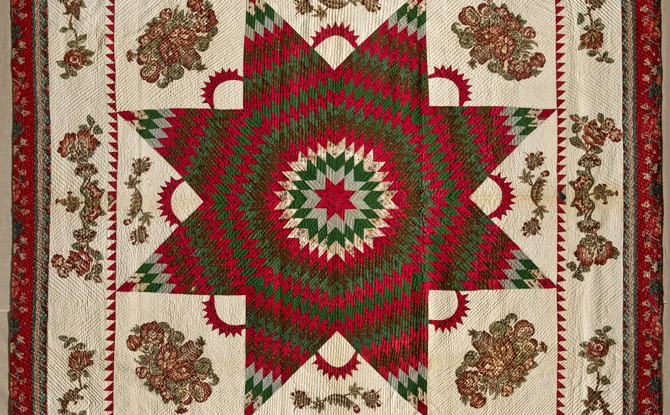 |
Archangel Michael, First half 14th century tempera on wood, gold leaf
overall: 110 x 80 cm (43 5/16 x 31 1/2 in.) Byzantine and Christian Museum, Athens
overall: 110 x 80 cm (43 5/16 x 31 1/2 in.) Byzantine and Christian Museum, Athens
There are dining tables, coins, ivories, jewelry and other objects, but it's the mosaics which I find most captivating, and this exhibition allows a close-up view. Their nuances of size and shape can be closely observed here, but not in slides or in the distance. Byzantine artists gradually replaced stone mosaics with glass tesserae, painting gold leaf behind the glass to portray backgrounds for the figures. It was the Byzantines created these wondrous images by transforming the Greco-Roman tradition of floor mosaics to that of wall mosaics.
 | ||
| Van Eyck, St John the Baptist, det-Ghent Altarpiece |
Church architecture evolved very differently however, with the Latin church preferring elongated churches with the floor plan of Roman basilicas. The ritual requirements of the Orthodox Church resulted in a more compact form using domes, squinches and half-domes. Fortunately, the National Gallery's exhibition has a lot of information about Orthodox churches, their layout and how the Iconostasis (a screen for icons) divided the priests from the congregation.
 |
| Reliquary of St. Oswald, c. 1100, is silver gilt |
 | |||
| Mosaic with a font, mid-5th century Museum of Byzantine culture, Thessaloniki Photo source: NGA website |
An interesting parallel of the two exhibitions is the early Byzantine fountain, a wall mosaic of gold, glass and stone in the NGA's exhibition, which compares well to the 13th century Baptismal font from Hildesheim, showing the Baptism of Christ. The font mosaic is from the Church of the Acheiropoietos in Thessaloniki. It is thought to emulate the fountains and gardens of Paradise. One can visualize of the context in which the fragmentary mosaic was made by watching the film in the exhibition, which shows another wondrous 5th century church in Thessaloniki, the Rotonda Church.
 |
| A Baptismal Font, 1226, is superb example of Medieval metalwork from Hildesheim Cathedral. |
The exhibition at the Metropolitan Museum had a life-size wooden statue of the dead Jesus, dated to the 11th century, originally on a wood cross, now gone. Wood carvers out of Germany were masters of emotional expression. In the iconic Crucifixion image in the Greek exhibition, a very sad Mary and Apostle John are grieving at the side of Jesus. It's poignant and emotional, with knit eyebrows, tilted heads and a profoundly felt grief.
 | |
| Golden Madonna is wood covered in gold, made for St. Michael's Cathedral before 1002 |
Although heaven is more important than earth, and God and saints in heaven are more powerful than humans, sometimes medieval artists have been capable of revealing the greatest truths about what it's like to be a human being. In the icons, there is great poignancy and beauty in the eyes. At times the portrayal of grief is overwhelming, as we see on an icon of the Hodegetria image where Mary points the way, the baby Jesus but knows He will die. On the reverse is an excruciatingly painful Man of Sorrows.
 |
| Icon of the Virgin Hodegetria, last quarter 12th century, tempera and silver on wood, Kastoria, Byzantine Museum. On the Reverse is a Man of Sorrows |
The Metropolitan exhibition of course could not bring the two most important works from Hildesheim, the bronze relief sculptures: a triumphal column with the Passion of Christ and a set of bronze doors for the Cathedral. Completed before 1016, I often think of the figures on the relief panels on those doors as one of the most honest works of art ever created. As God convicts Adam of eating the forbidden fruit, Adam crosses his arm to point to Eve who twists her arms pointing downward to a snake on the ground. We may laugh because God's arm seems to be caught in his sleeve as he points to Adam. Though this medieval artist/metalsmith (Bishop Bernward?) may not have understood anatomy and perspective, he understood how easy it is for humans to pass the blame and not take responsibility for their actions.
 |
| The Expulsion, before 1016, detail of bronze door, St. Michael's, Hildesheim |
Medieval artists in both the Greek and Latin churches are normally not known by name. After all, their work was for God, not for themselves, for money or for fame.













